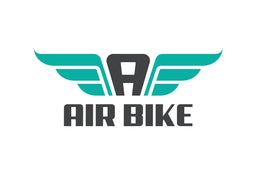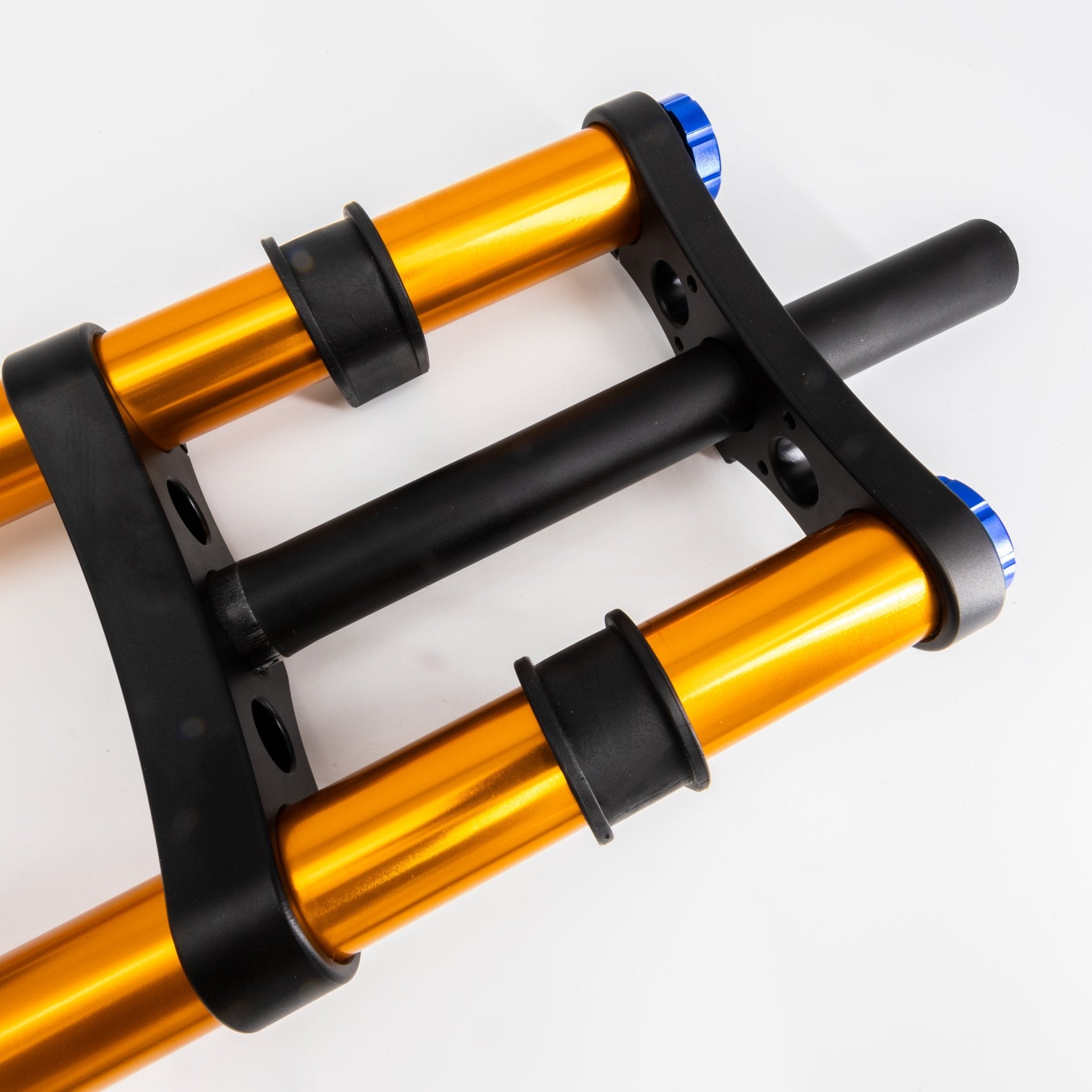MTB forks are essential components for enhancing your bicycle's performance, especially in rugged terrains like those encountered in mountain biking (MTB). These forks play a crucial role in optimizing the interaction between your bike's tires and the uneven ground, thereby improving handling, comfort, and control.
Let's delve into how an MTB fork functions and the different types available:
MTB Fork Construction:
An MTB fork typically consists of lateral fork legs, comprising a dip tube and a stand tube. Despite their identical external appearance, these fork legs facilitate distinct processes within them. One side manages suspension, while the other side handles damping.
1. Suspension Mechanism:
The suspension component of an MTB fork absorbs significant impacts from rough terrains, utilizing either air or steel spring systems. Compression of the suspension system, whether air or spring-based, mitigates the effects of bumps and irregular surfaces. Damping, situated on the opposing fork leg, ensures controlled rebound after compression, preventing erratic spring-back movements.
2. Damping System:
Damping, located in the counterpart fork leg, regulates continuous oscillations resulting from the suspension's action. This mechanism prevents excessive bouncing, ensuring stable off-road riding. Typically, damping is achieved using oil chambers, valves, and pistons. The viscosity of the oil determines the damping strength, with adjustments possible in many forks to tailor damping levels.
MTB Fork Versus Rigid Fork:
Choosing between an MTB fork and a rigid fork depends on specific riding requirements. While MTB forks excel in absorbing shocks and enhancing comfort, rigid forks offer advantages such as lower maintenance needs and better power transfer, particularly on inclines.
Advantages of MTB Fork:
- Relieves stress on bike components
- Provides superior comfort and control on rough terrain
- Offers adjustable damping for personalized riding experience
- Ideal for off-road and downhill MTB riding
Advantages of Rigid Fork:
- Lower maintenance requirements
- Enhanced power transfer, especially on inclines
Disadvantages of MTB Fork:
- Higher weight
- Increased price point
- Requires more maintenance
- Limited cushioning for heavy impacts
Disadvantages of Rigid Fork:
- Lack of cushioning for impacts
- Less comfort on rough terrain
MTB Forks for E-Bikes:
E-bikes require robust MTB forks capable of handling higher weights and faster speeds. Manufacturers now offer specialized MTB forks designed to meet these demands, ensuring optimal comfort and control for e-bike riders, even on urban terrain with cobblestones.
Setting Up an MTB Fork:
Adjusting an MTB fork with air suspension involves using a dedicated air pump for simple tweaking. However, adjusting a steel suspension fork may be slightly more complex, as it requires modifying the preload of the steel spring to adjust the fork's stiffness and responsiveness.


